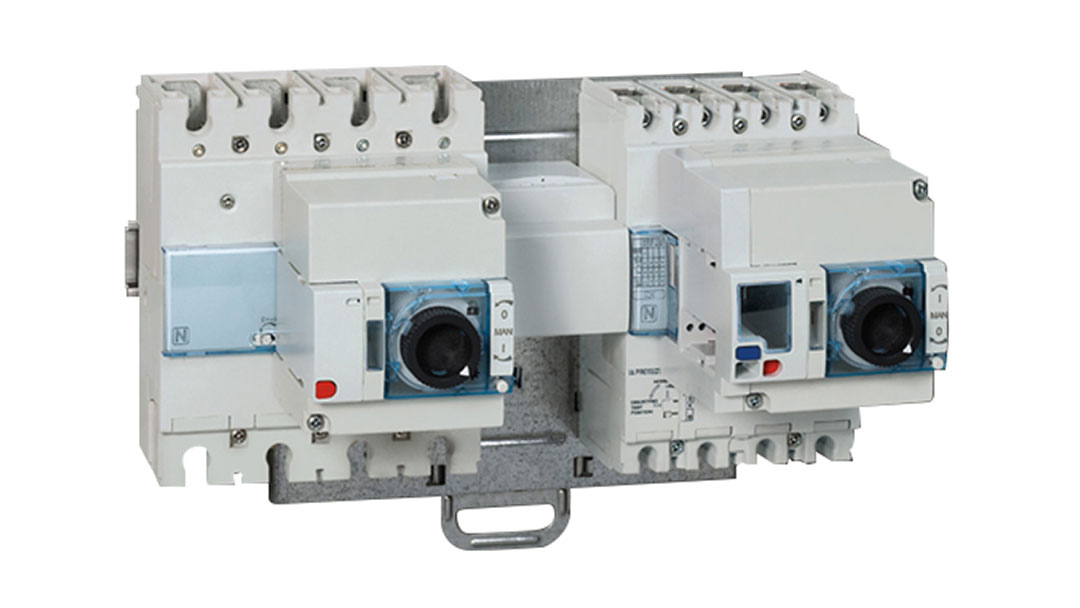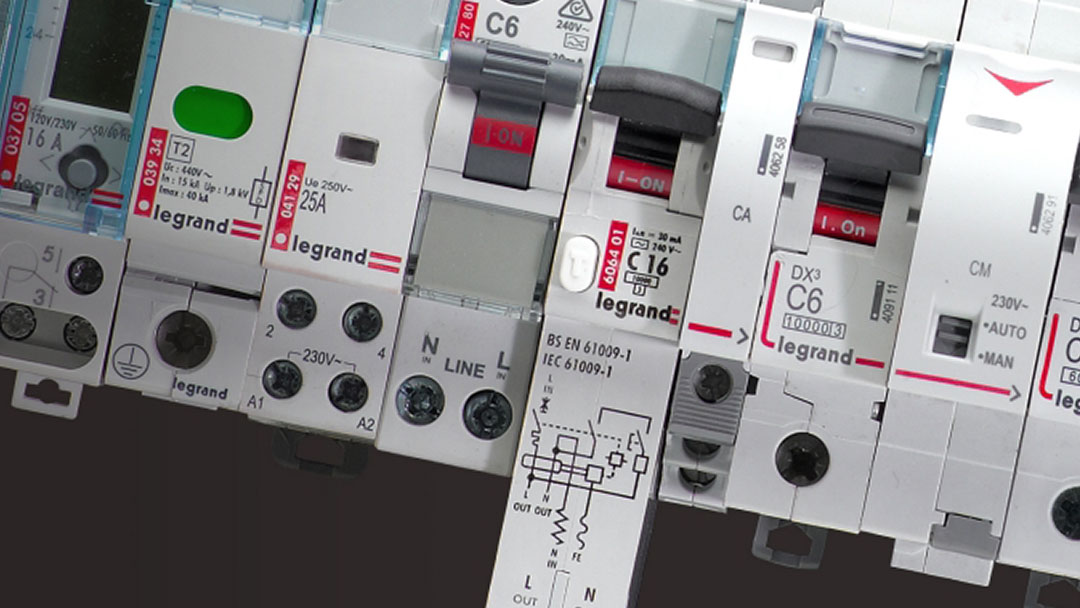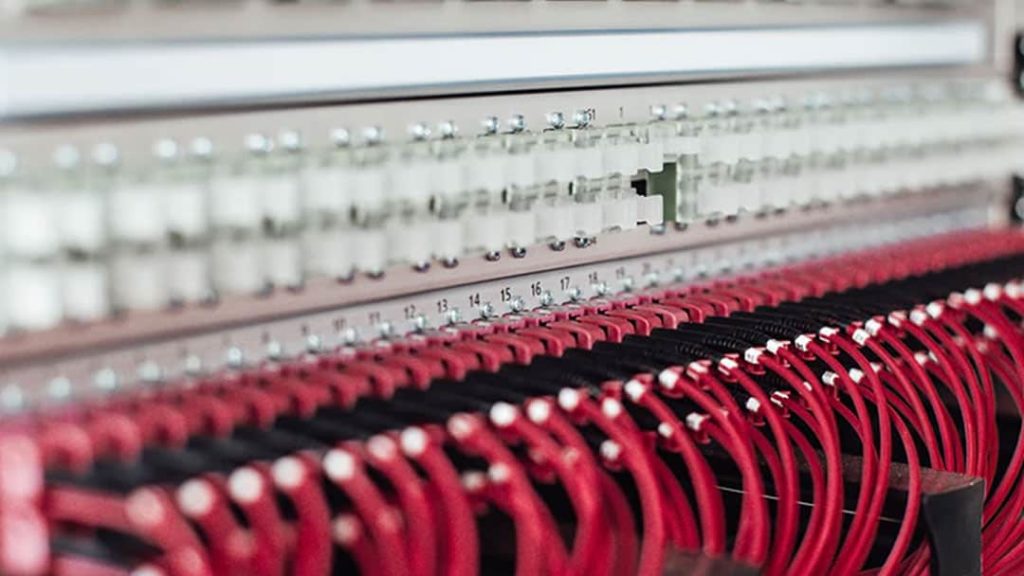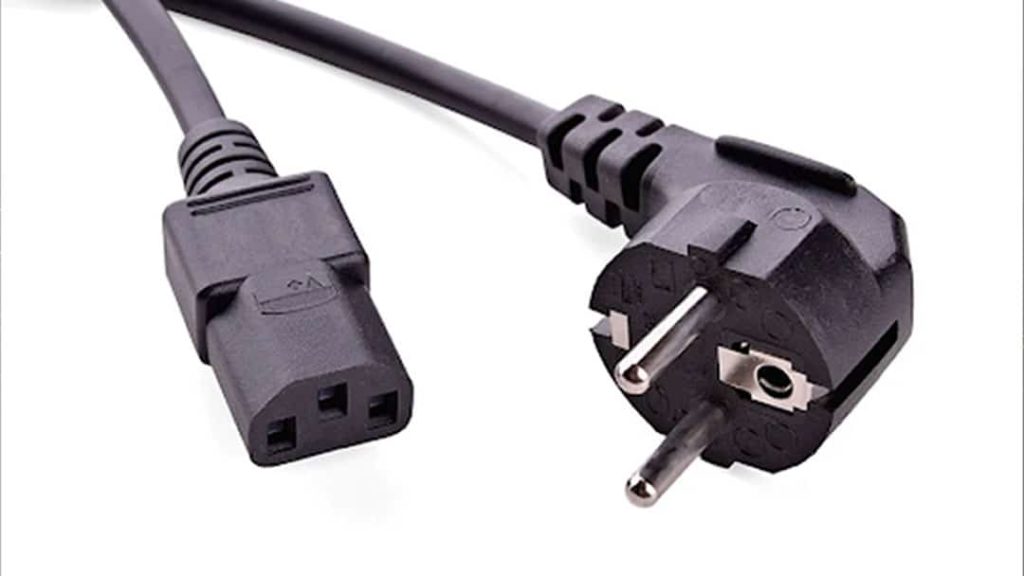Your data center is an essential part of your business. It holds your company’s financial history, customer information, and more.
Keeping these systems in tack can cost a lot of money. You do your best to make sure there aren’t any security breaches. However, there are times when you can’t prepare for situations like power outages.
Certain environmental factors can hinder your power supply, which can cause you to lose data and money. Some companies have to turn on their backup generator manually, which can be detrimental.
However, with the help of an automatic transfer switch (ATS), you’ll be able to seamlessly continue your processes without worrying about data corruption and security breaches. Continue reading to learn more about how an ATS works.
What Is An Automatic Transfer Switch?
An automatic transfer switch is used with a backup generator to supply power whenever the main power fails. As the name suggests, the power transfer is automatic, leaving you with nothing to worry about. A typical transfer of power goes like this:
- The main power fails
- An ATS switches the load to the emergency power source within its prescribed voltage preferences
- Once power is restored, the transfer switch returns the load back to the primary power source
These switches are essential for companies that house multiple server rooms, factories, and hospitals.
Related: Fiber Splicer: Here’s Everything You Need To Know (Plus Which Is the Best One!)
Are you worreid about your data center’s carbon footprint? If so, then C&C Technology Group can guide you on building a green data center!
What Type Of Automatic Transfer Switch Do You Need?
There are various types of ATS panels to choose from. However, the best one for you will depend on your daily processes. Let’s take a look at the various switches below.
Open Transition ATS
An open transition switch, also known as a break-before-make switch, is designed for systems that can withstand a brief power interruption before changing the power source. The delay is only about a second long, but it ensures there’s a safe transfer of power and minimizes the risk of power surges from devices.
There is also a variation of this ATS called a Programmed Transition switch, which fluctuates between utility and generator power. This pause allows residual voltage to decay before restoring loads to the primary power source.
Closed Transition ATS
A closed transition ATS is used for establishments that can’t tolerate a brief interruption of power. These systems are essential for hospitals and care centers.
The internal system in these switches allows both the backup and primary power sources to work together to allow a seamless switchover of power. However, due to the complexities of these systems, they cost more than an open transition ATS.
Soft Loading ATS
A soft loading ATS works like a closed transition ATS, but instead, it has the ability to dictate the load it handles, depending on the situation. For example, if your data center was running on reserve power but needed a boost, your soft loading switch could increase the demands slightly to give you what you need.
Soft loading switches provide your establishment with dynamic flexibility for multiple situations. However, it will come with an additional cost.
Bypass Isolation ATS
The bypass isolation ATS is the most complex system out of all panels. However, it has the highest capabilities.
It consists of two parallel systems, which allow for maintenance, inspection, and testing to be done while it’s in use. These systems are typical installed in spaces with critical life support systems, air traffic control stations, and telecommunication companies.
Related: Here Are the Top 5 Reasons Enterprises Are Adopting SD-WAN
Automatic Transfer Switch Mechanisms Types
Along with the different types of ATSs, there are two types of mechanisms responsible for carrying and physically switching the load from one power source to another. They include:
- Contactor
- Circuit Breaker
Contactor Type
Contactor switches are the most common switches due to their economic features. They operate faster than circuit breaker switches, reducing delay in the transfer of power.
However, they are more useful for applications that require low to medium voltage. Also, these mechanisms cannot operate automatically.
Circuit Breaker
The purpose of a circuit breaker is to break contact and disconnect the power supply during failure or overload. So unlike, contactor types which are used to control power output, circuit breakers work to protect your equipment.
Also, circuit breakers can work automatically once there’s a power failure. However, since there aren’t as many contacts, power transfer may be delayed for a few seconds.

Related: What are Wire Basket Cable Trays?
How Automatic Transfer Switches Benefit Your Business
As you can see, there are various ATS panel systems that you can use to power your establishments in the event of power failure. To recap, here are some of the benefits that you can avail of by installing an ATS.
Power Reliability
Most places will use a generator when their power fails, but that manual switchover can be costly and life-threatening. By installing an ATS, you’ll save time and increase the reliability of your generator.
Increased Safety
During a power outage, manually handling any power switches to a generator becomes a safety hazard, especially in the dark. You’ll increase your exposure to power surges and sparks. With the help of an ATS, you’ll reduce all associated risks since the switchover is done for you.
Simplified Operations
By having an ATS installed, operations are chosen to get switched on automatically. So your HVAC system, lights, and other equipment will have increased reliability since they don’t need to be turned on manually.
With simplified operations, you can increase the functionality of your generator too.
If you’re looking to increase the efficiency of your data centers or need enhanced network solutions, contact C&C Technology Group today!
Last Updated on August 2, 2022 by Josh Mahan




